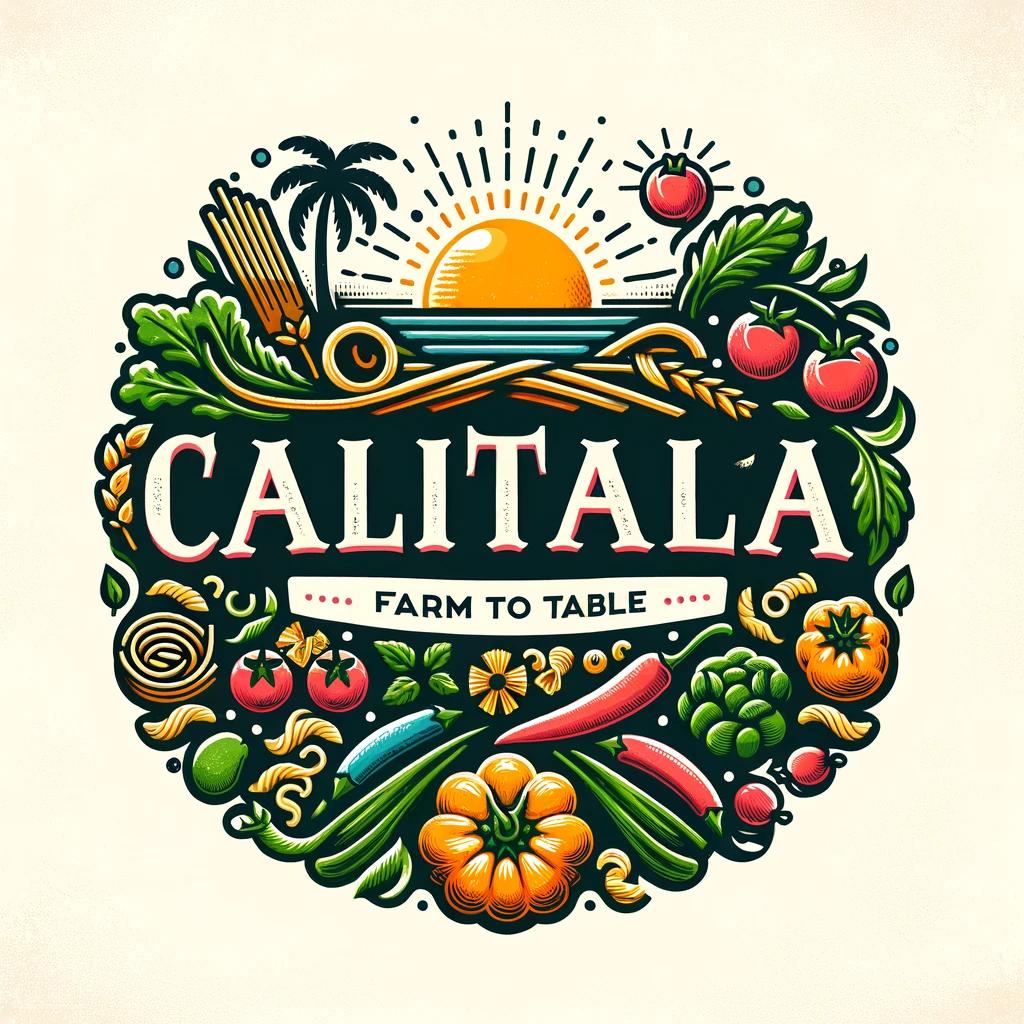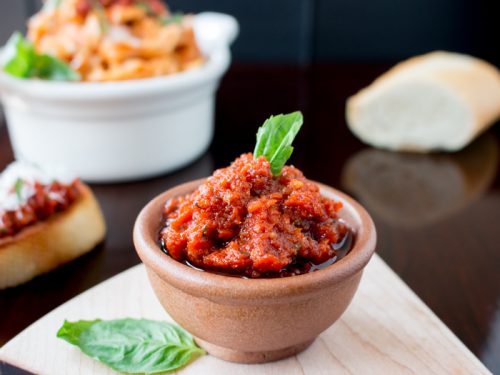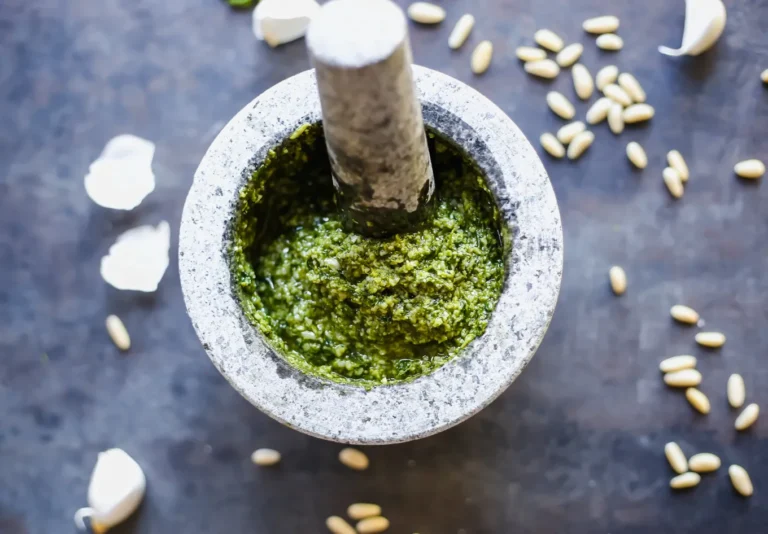Italy, a country synonymous with rich culinary traditions, offers a diverse palette of flavors that vary from region to region. Central Italy, with its rolling hills, ancient cities, and fertile plains, presents a cuisine that is hearty yet simple, with vegetables playing a starring role. Today, we delve into the heart of this region with Central Italian Vegetarian Recipes that not only tantalize your taste buds but also contribute to a healthier lifestyle.
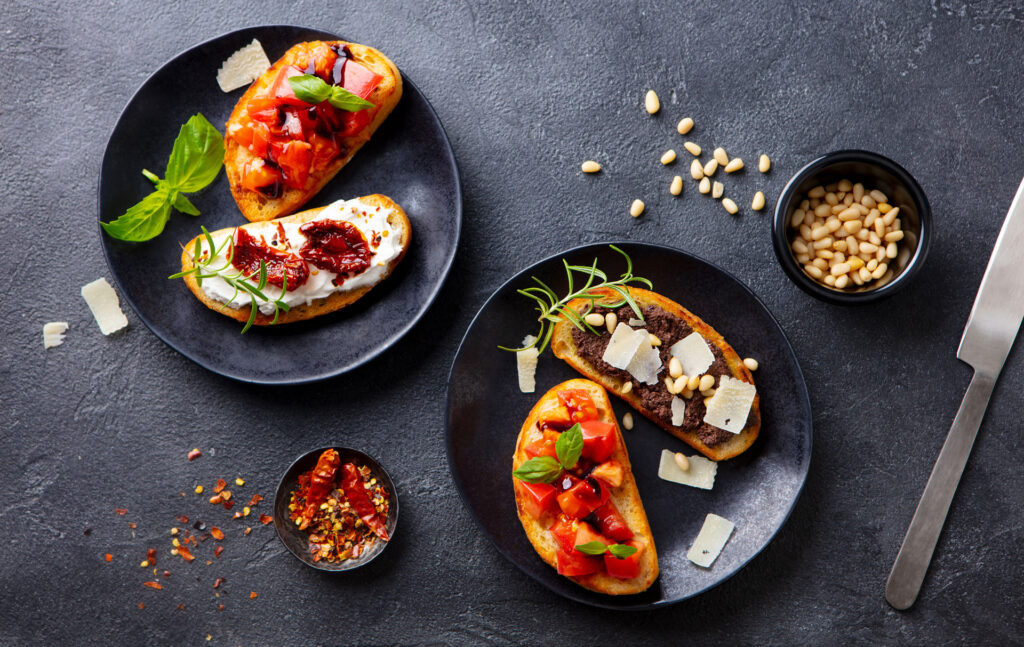
Discover the Heart of Italy with These Central Italian Vegetarian Recipes
- Tuscan Ribollita: A robust and hearty Tuscan soup made with cannellini beans, kale, cabbage, and day-old bread, embodying the frugality and richness of Italian home cooking.
- Umbrian Lentil Stew: A simple, nourishing stew from Umbria, featuring lentils and vegetables, seasoned with herbs, highlighting the natural flavors of its high-quality ingredients.
- Roman Style Artichokes (Carciofi alla Romana): A springtime Roman dish showcasing tender, aromatic artichokes stuffed with a flavorful mix of herbs and simmered to perfection.
- Spaghetti alla Chitarra with Tomato and Basil Sauce: A classic Italian pasta dish combining spaghetti with a rich tomato and basil sauce, exemplifying the beauty of simplicity in Italian cuisine.
- Florentine Spinach and Ricotta Gnudi: Tender and light dumplings from Florence, made with spinach and ricotta, served in a sage butter sauce, offering a refined and comforting taste of Tuscany.
1. Tuscan Ribollita
Tuscan Ribollita is a quintessential Italian soup that hails from the beautiful region of Tuscany. Picture this: a hearty, thick soup that’s been simmered to perfection, combining the robust flavors of cannellini beans, leafy greens like kale or cavolo nero (black cabbage), and various vegetables including carrots, celery, and onions. But wait, there’s more! What sets Ribollita apart is the addition of day-old bread, which thickens the soup and gives it a unique texture and depth. The name “Ribollita” literally translates to “reboiled,” hinting at its traditional preparation method where yesterday’s soup is reheated and revitalized with fresh ingredients, including that crucial piece of stale bread, making it thicker and more flavorful with each iteration.
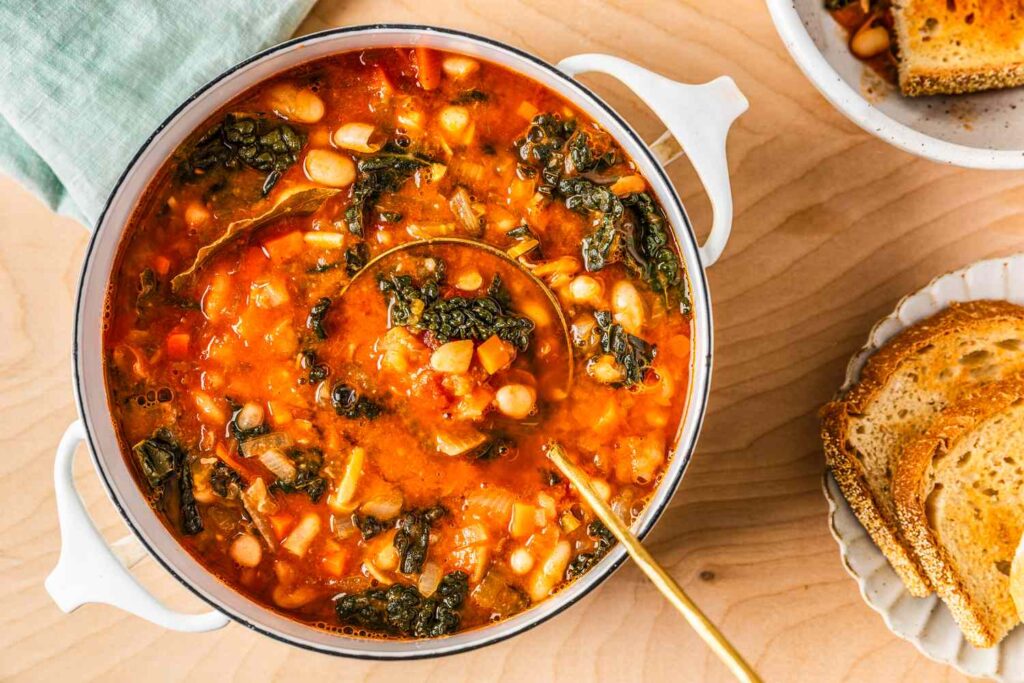
Ingredients:
- 1 cup dried cannellini beans, soaked overnight
- 2 tablespoons extra virgin olive oil, plus more for serving
- 1 large onion, chopped
- 2 carrots, chopped
- 2 stalks celery, chopped
- 4 cloves garlic, minced
- 1 teaspoon salt
- 1/2 teaspoon freshly ground black pepper
- 1 can (14 oz) diced tomatoes
- 4 cups vegetable broth
- 1 bunch kale, destemmed and chopped
- 1/2 head savoy cabbage, chopped
- 1 day-old baguette, torn into pieces
How to Make:
- Drain and rinse the beans. In a large pot, combine beans with fresh water and bring to a boil. Reduce heat and simmer until beans are tender, about 1 hour. Drain beans and set aside.
- In the same pot, heat olive oil over medium heat. Add onion, carrots, celery, and garlic. Season with salt and pepper. Cook until vegetables are soft, about 5 minutes.
- Add tomatoes, vegetable broth, cooked beans, kale, and cabbage. Bring to a boil, then reduce heat and simmer for about 30 minutes.
- Stir in the torn baguette pieces and simmer until the bread is soft and the soup is thick, about 10 minutes. Serve hot, drizzled with extra virgin olive oil.
Benefits:
Ribollita is a perfect example of a nutritious, fiber-rich meal that embodies the essence of Italian peasant cooking. It uses day-old bread to thicken the soup, making it a sustainable choice that reduces food waste. The kale and cabbage are loaded with vitamins and minerals, supporting overall health.
2. Umbrian Lentil Stew
Umbrian Lentil Stew is a warm, comforting dish originating from Umbria, a region in central Italy known for its rolling hills, historical towns, and agricultural bounty. This stew is a testament to the simplicity and heartiness of Italian cuisine, focusing on the natural flavors of its few, but high-quality, ingredients.
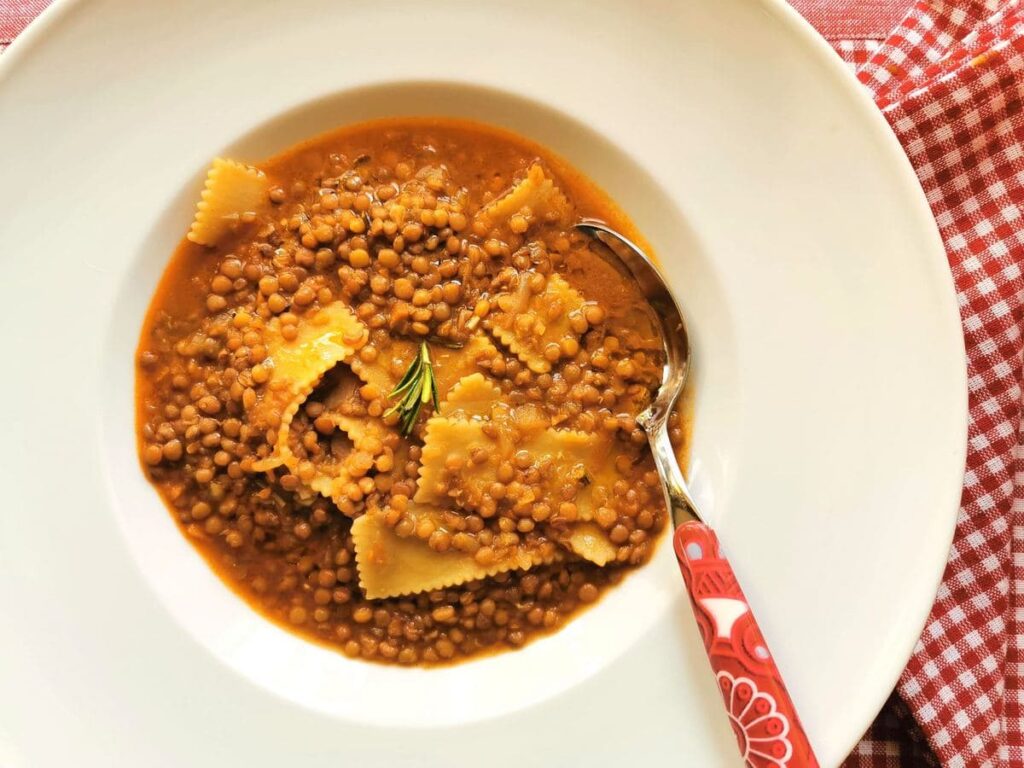
The main star of this dish is the lentil, specifically the varieties grown in Umbria, which are highly prized for their unique flavors and textures. These lentils don’t require pre-soaking and cook to a perfect tenderness, absorbing the rich flavors of the broth and seasonings.
Here’s a basic rundown of what goes into Umbrian Lentil Stew:
Ingredients:
- Lentils: Preferably Umbrian lentils, but any green or brown lentils that hold their shape well can be used.
- Vegetables: A classic soffritto combination of finely chopped onions, carrots, and celery forms the flavor base.
- Garlic: For that essential aromatic kick.
- Herbs: Rosemary, thyme, or a bay leaf add a subtle depth and fragrance to the stew.
- Liquid: Vegetable broth or water is used to simmer the lentils until tender.
- Olive Oil: A drizzle of high-quality extra virgin olive oil adds richness and ties the flavors together.
- Seasonings: Salt and freshly ground black pepper to taste.
How to Make:
To make the stew, you start by sautéing the soffritto in olive oil until softened. Garlic and herbs are added next, followed by the lentils, which are then covered with broth or water and simmered until everything is tender and flavorful. The stew is often finished with a drizzle of extra virgin olive oil and a sprinkle of fresh parsley.
Umbrian Lentil Stew is celebrated for its nourishing qualities and ease of preparation. Lentils are a great source of protein, fiber, and minerals, making this stew not only a delicious meal option but also a nutritious one. It’s a versatile dish that can be enjoyed on its own, with a slice of crusty bread, or as a side to other Italian specialties. Perfect for a cozy dinner on a cold night, this stew brings the warmth and soul of Umbrian cuisine right to your table.
Benefits:
Lentils are a powerhouse of nutrition, offering protein, fiber, and essential minerals without the fat content of meat. This stew is not only comforting on a cool day but also supports heart health and digestive well-being.
3. Roman Style Artichokes (Carciofi alla Romana)
Roman Style Artichokes, or “Carciofi alla Romana,” are a classic dish from Rome, Italy, that celebrates the artichoke in its full glory. This dish is a beautiful example of Italian culinary simplicity, where the natural flavors of the ingredients are allowed to shine through. Carciofi alla Romana is typically made in the spring, when artichokes are in season, and is beloved for its tender, aromatic, and savory qualities.
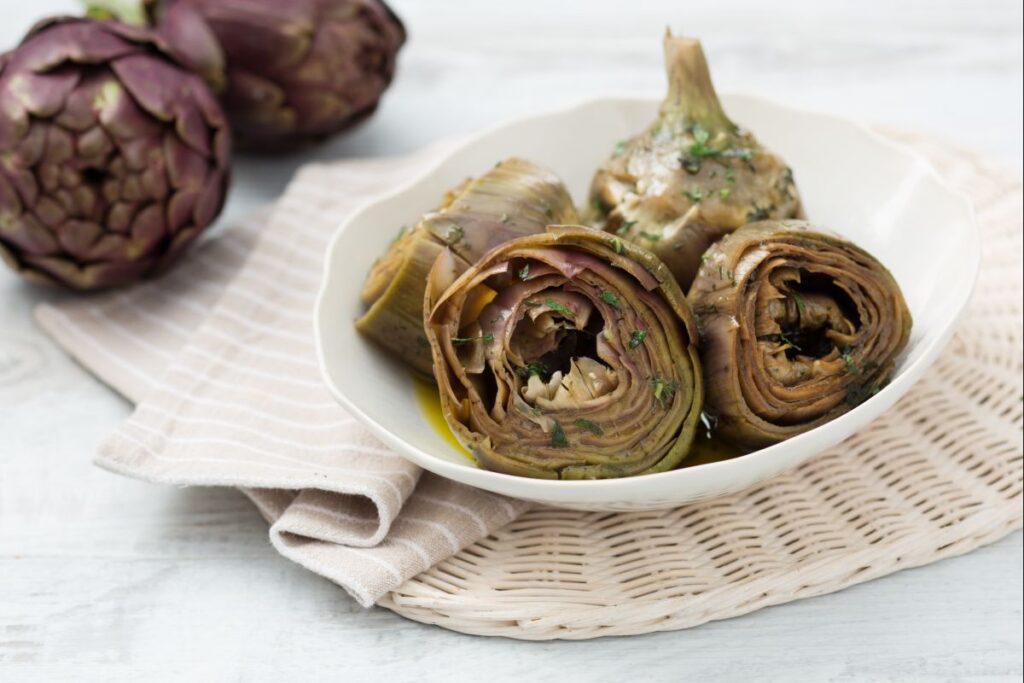
Ingredients:
- 6 fresh artichokes
- 2 lemons, juiced
- 2 cloves garlic, minced
- 1/4 cup fresh parsley, chopped
- 2 tablespoons fresh mint, chopped
- 1/4 cup extra virgin olive oil
- Salt and pepper to taste
How to Make:
- Prepare the artichokes by removing the outer leaves and trimming the tops. Cut in half and remove the fuzzy choke.
- Place artichokes in water mixed with half of the lemon juice to prevent browning. In a bowl, mix garlic, parsley, mint, remaining lemon juice, olive oil, salt, and pepper.
- Stuff the artichoke halves with the herb mixture. Place in a pot with a little water and the remaining olive oil mixture. Cover and simmer until artichokes are tender, about 45 minutes.
Benefits:
Artichokes are known for their liver-supporting properties and high antioxidant content. This dish is not only a celebration of Italian spring but also a boon for your digestive system.
4. Spaghetti alla Chitarra with Tomato and Basil Sauce
Spaghetti alla Chitarra with Tomato and Basil Sauce is a classic Italian pasta dish that epitomizes the beauty of simplicity in Italian cuisine. The name “alla Chitarra” refers to the method of cutting the pasta into long, thin strands using a tool called a “chitarra” (Italian for “guitar”), which has wires stretched across it similar to a guitar’s strings. This method gives the pasta a unique texture that’s slightly rough, allowing sauces to cling to it more effectively.
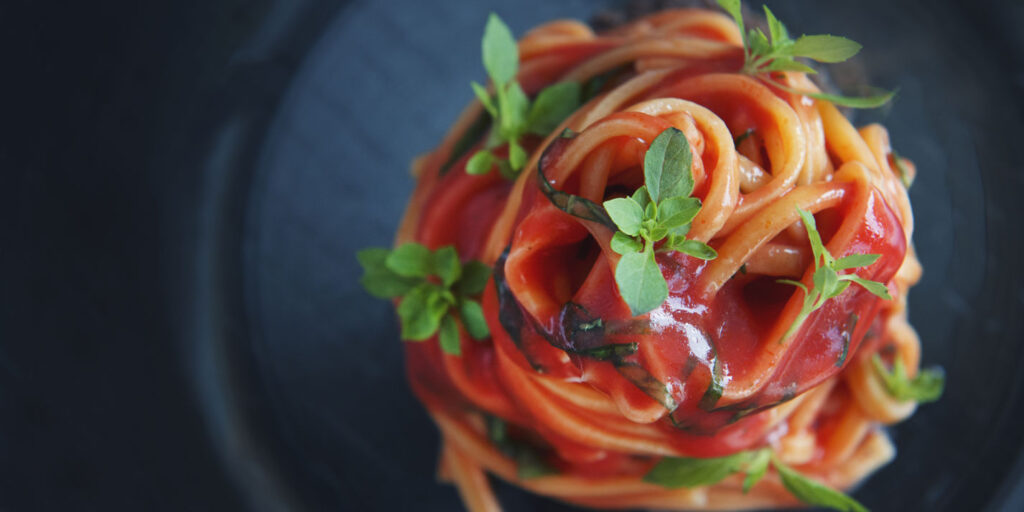
Culinary Experience:
Spaghetti alla Chitarra with Tomato and Basil Sauce offers a harmonious blend of textures and flavors. The pasta’s firmness contrasts with the smooth, rich tomato sauce, while the basil provides bursts of freshness that cut through the acidity of the tomatoes, creating a balanced and satisfying dish.
Cultural Significance:
This dish reflects the heart of Italian cooking, focusing on high-quality, seasonal ingredients prepared with care and respect for their inherent flavors. It’s a staple in Italian households, showcasing the country’s culinary philosophy that less is often more, and the true beauty of food lies in its simplicity and the joy it brings to those who share it.
Ingredients:
- 1 pound spaghetti alla chitarra or spaghetti
- 2 tablespoons olive oil
- 3 cloves garlic, minced
- 1 can (28 oz) whole peeled tomatoes, crushed by hand
- Salt and pepper to taste
- 1 bunch fresh basil, leaves torn
- Grated Parmigiano-Reggiano cheese, for serving (optional)
How to Make:
- Cook spaghetti in a large pot of salted boiling water until al dente. Drain and set aside.
- In a large skillet, heat olive oil over medium heat. Add garlic and cook until fragrant, about 1 minute. Add crushed tomatoes, salt, and pepper. Simmer for 20 minutes.
- Toss the cooked spaghetti with the tomato sauce. Stir in torn basil leaves. Serve with grated Parmigiano-Reggiano if desired.
Benefits:
This classic dish is a testament to the Italian philosophy of using a few high-quality ingredients to create a meal that is simple yet utterly satisfying. Tomatoes are rich in lycopene, an antioxidant that has been linked to heart health and cancer prevention.
5. Florentine Spinach and Ricotta Gnudi
Florentine Spinach and Ricotta Gnudi are a delightful Italian dish that originates from the Tuscany region, particularly celebrated in Florence. “Gnudi” translates to “naked” in Italian, aptly named because these dumplings are essentially the filling of ravioli without its pasta shell, offering a light, fluffy texture that melts in your mouth. The dish combines fresh, creamy ricotta cheese with vibrant, nutrient-rich spinach, bound together with eggs and a touch of flour, resulting in soft, pillowy balls.
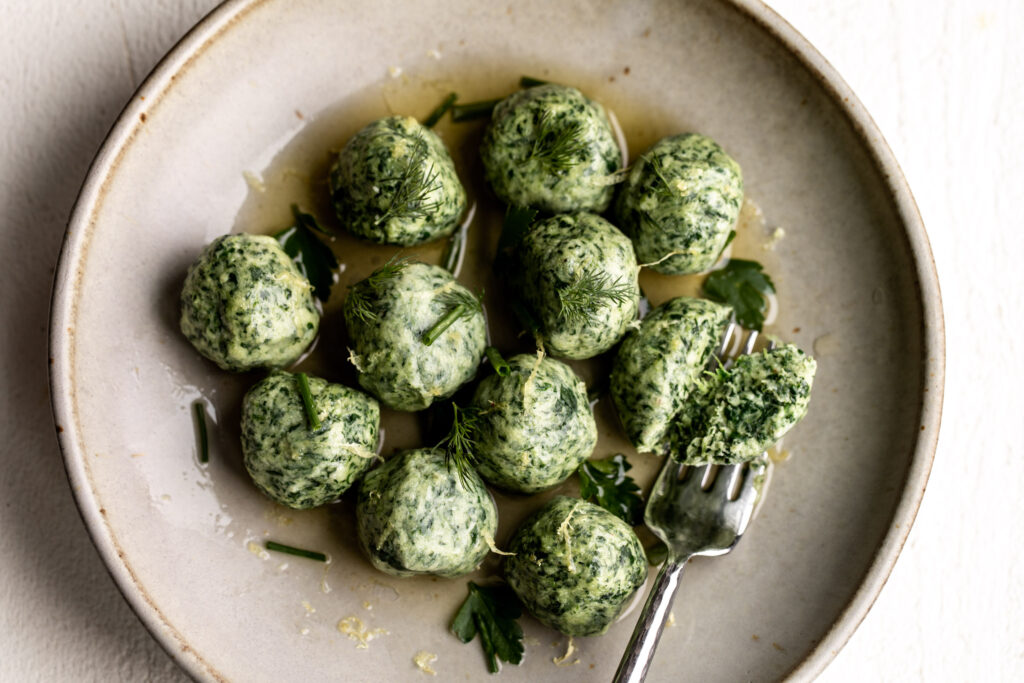
Seasoned with nutmeg, salt, and pepper, and often finished with a sprinkle of Parmigiano-Reggiano cheese, gnudi are boiled until they float to the surface, then served with a simple sage butter sauce that complements the mild flavors of the spinach and ricotta. This dish epitomizes the elegance of Italian cuisine, focusing on the purity and balance of flavors, and offers a comforting, yet refined culinary experience.
Ingredients:
- 1 pound fresh spinach
- 1 cup ricotta cheese
- 1/4 cup grated Parmigiano-Reggiano cheese
- 2 eggs, beaten
- 1/2 cup all-purpose flour, plus more for dusting
- Nutmeg, to taste
- Salt and pepper to taste
- Sage butter sauce: 1/4 cup unsalted butter, 8 sage leaves
How to Make:
- Cook spinach in boiling water for 1 minute. Drain and squeeze out excess water. Chop finely.
- In a bowl, combine spinach, ricotta, Parmigiano-Reggiano, eggs, flour, nutmeg, salt, and pepper. Mix until a soft dough forms.
- Form the dough into small balls, dust with flour, and cook in simmering water until they float to the surface, about 3-4 minutes.
- For the sauce, melt butter in a pan and add sage leaves. Cook until the butter begins to brown. Pour over the cooked gnudi.
Benefits:
Gnudi are a lighter alternative to traditional pasta, offering the same satisfying feel with a fraction of the calories. Spinach is an excellent source of iron and calcium, while ricotta provides protein and calcium.
Central Italian vegetarian cuisine, it’s like taking a delightful journey through a landscape rich in flavors and traditions, but with a green twist! You see, this region is famous for its lush, rolling hills and historic cities like Florence and Rome, where the culinary culture is deeply rooted in fresh, local ingredients.
Imagine a palette of bright, sun-ripened tomatoes, fragrant basil, and the finest olive oil, all playing their parts in simple yet profoundly flavorful dishes. Central Italian vegetarian cooking often highlights legumes, like cannellini beans and lentils, which are not just tasty but also packed with nutrition. They bring a satisfying heartiness to meals, perfect for those cozy evenings.
And let’s not forget about the cheeses – oh, the cheeses! Pecorino and ricotta add a creamy, luxurious touch to many vegetarian dishes, creating a harmony of flavors that’s both comforting and indulgent.
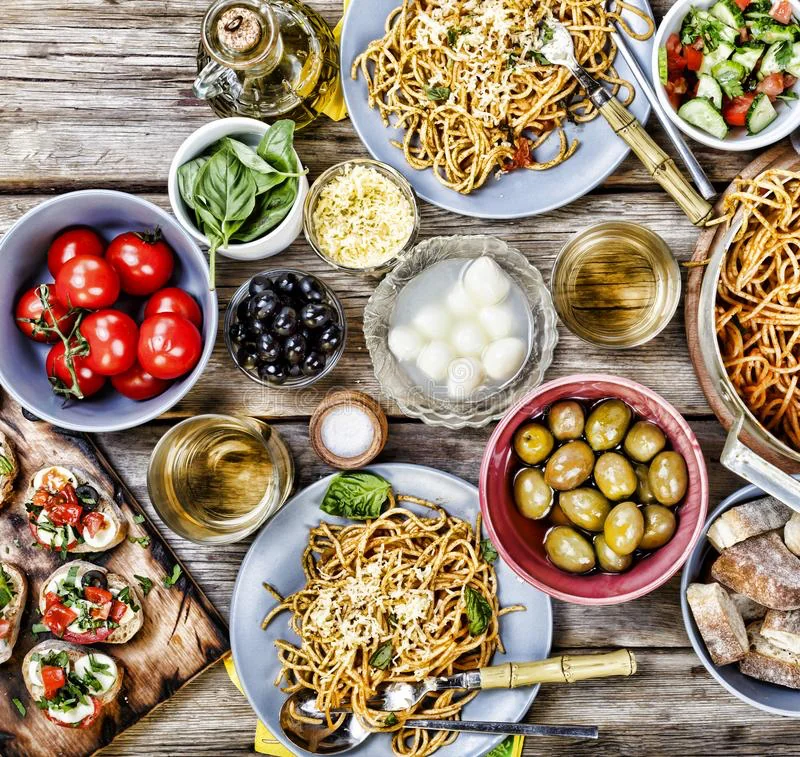
In essence, Central Italian vegetarian recipes are a beautiful symphony of fresh, wholesome ingredients, coming together to create meals that are both nurturing and a joy for the senses. It’s not just about eating; it’s about experiencing a rich culinary heritage, one delicious bite at a time.
Conclusion
Embracing Central Italian vegetarian recipes is not only a journey through the heart of Italy’s culinary landscape but also a step towards a healthier lifestyle. These dishes showcase the simplicity, richness, and diversity of Italian cuisine, making every meal a celebration of flavor and well-being.
